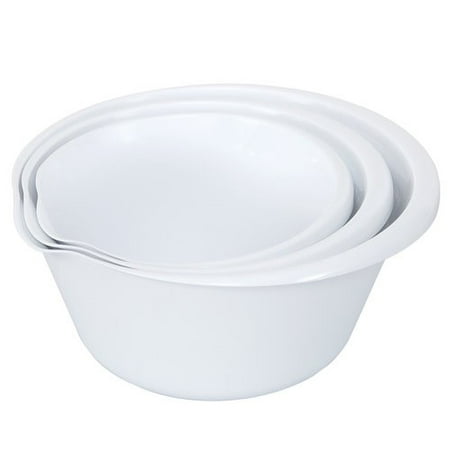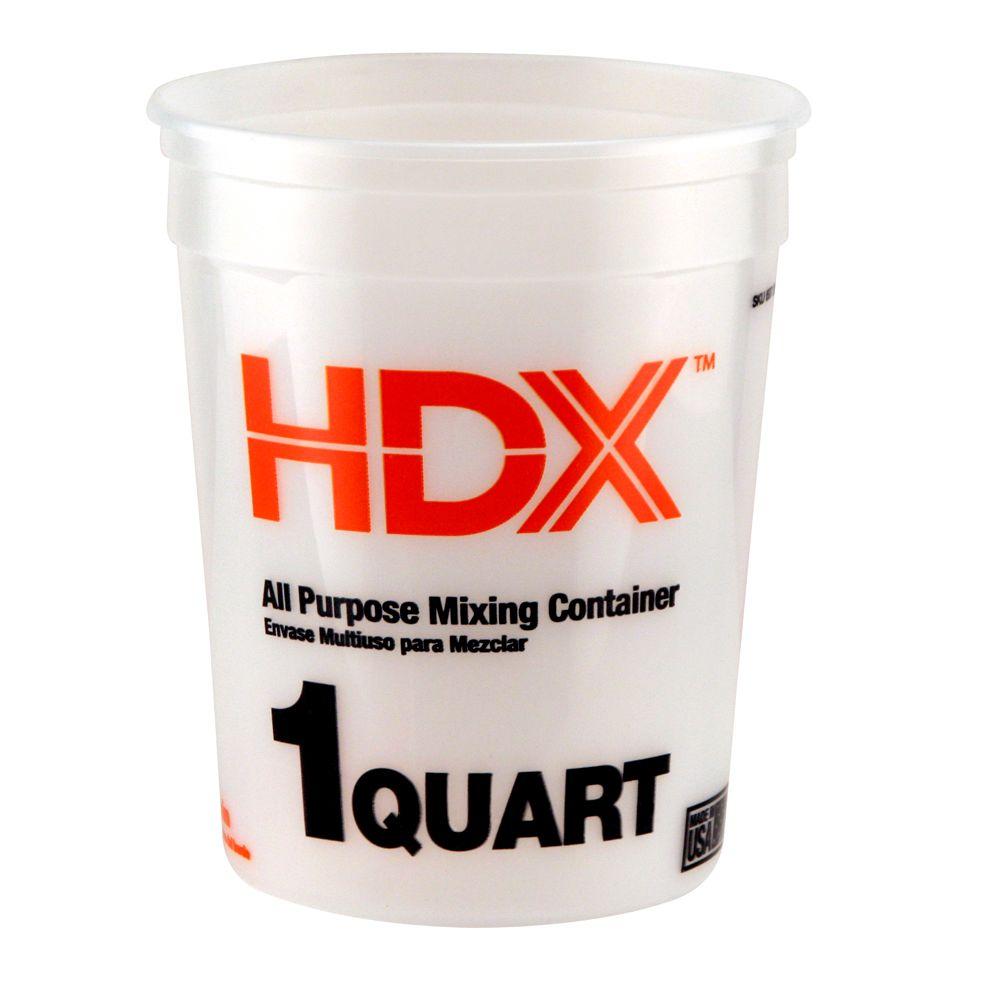LilianNoir
Well-Known Member
Before I started making soap I did A LOT of research...and based on that research, I thought it was safe to use a sturdy pyrex glass measuring cup/bowl to mix soap batter (but not lye solution).
So for my first two batches, that's what I used.
But from a recent post here, I'm seeing lots of seasoned soapers caution against glass even for batter and I had concerns about it myself.
I'd like to use plastic, but I can't find any plastic mixing bowls that have the plastic code on them.
I'm concerned that stainless steel pots will be too heavy and difficult for me to pour(I have weak wrists and some issues with my hands).
What do seasoned soapers use to mix batter that isn't metal?
And where do you find it??
So for my first two batches, that's what I used.
But from a recent post here, I'm seeing lots of seasoned soapers caution against glass even for batter and I had concerns about it myself.
I'd like to use plastic, but I can't find any plastic mixing bowls that have the plastic code on them.
I'm concerned that stainless steel pots will be too heavy and difficult for me to pour(I have weak wrists and some issues with my hands).
What do seasoned soapers use to mix batter that isn't metal?
And where do you find it??






